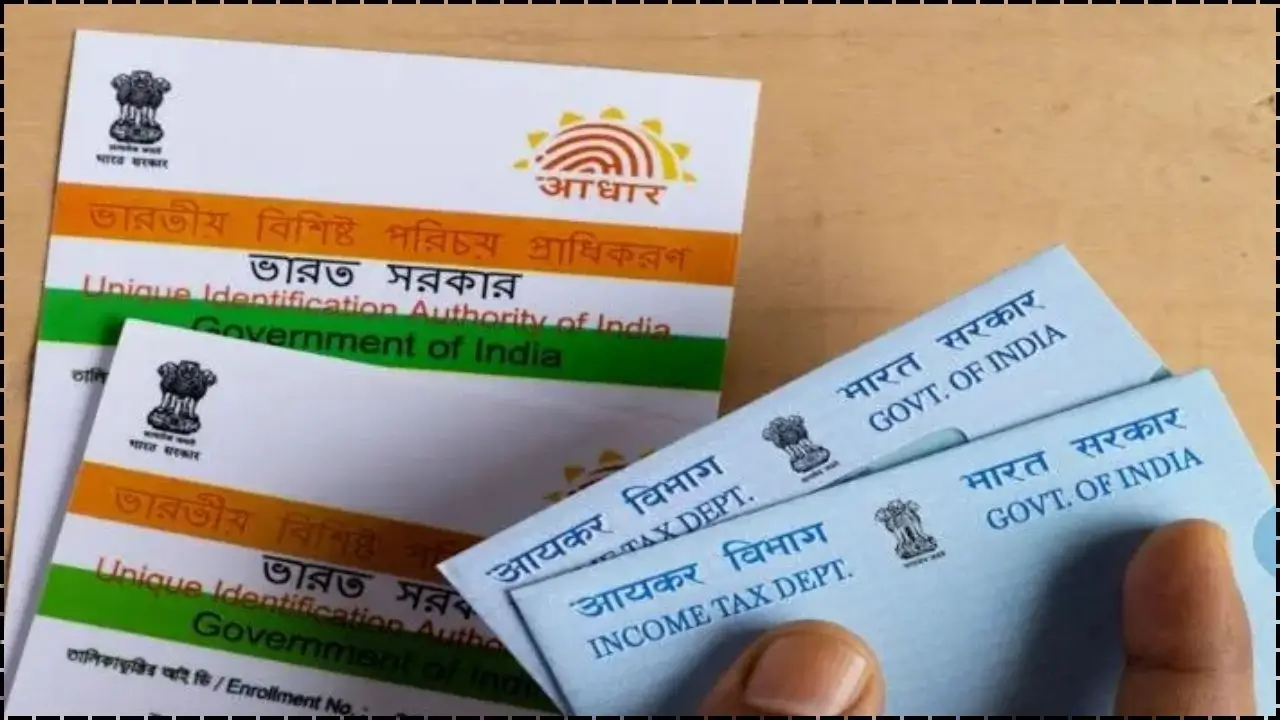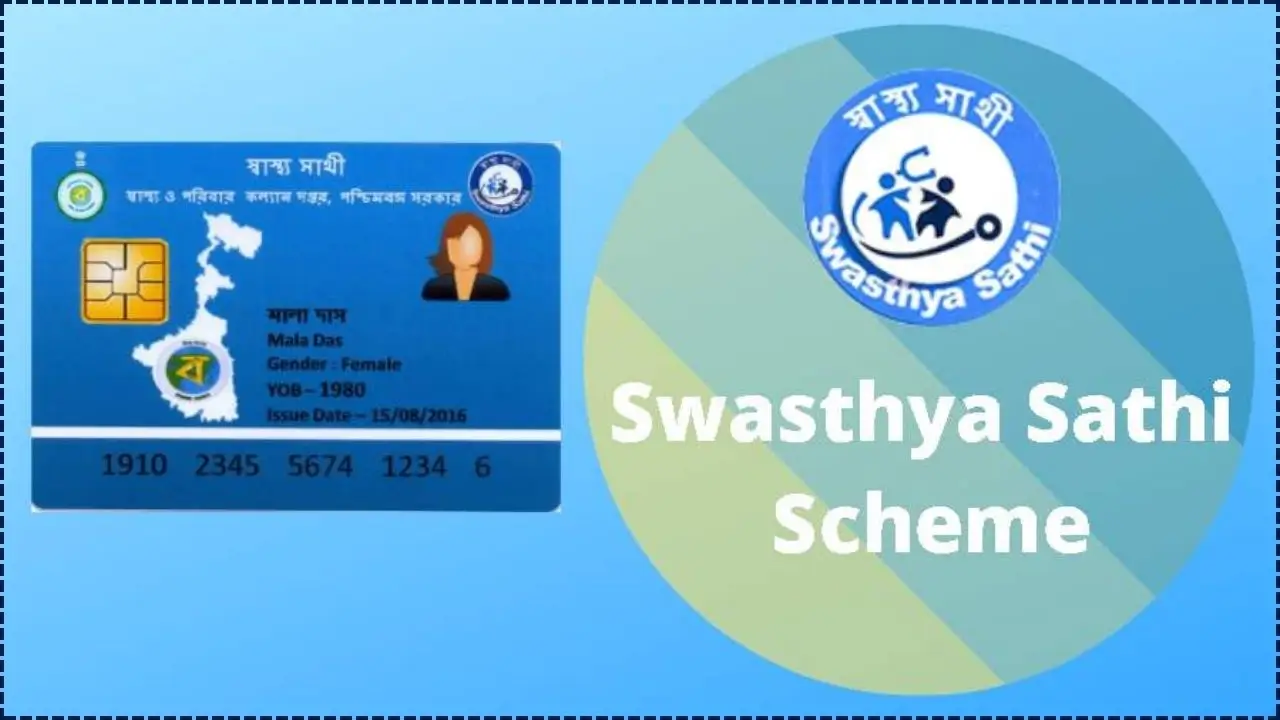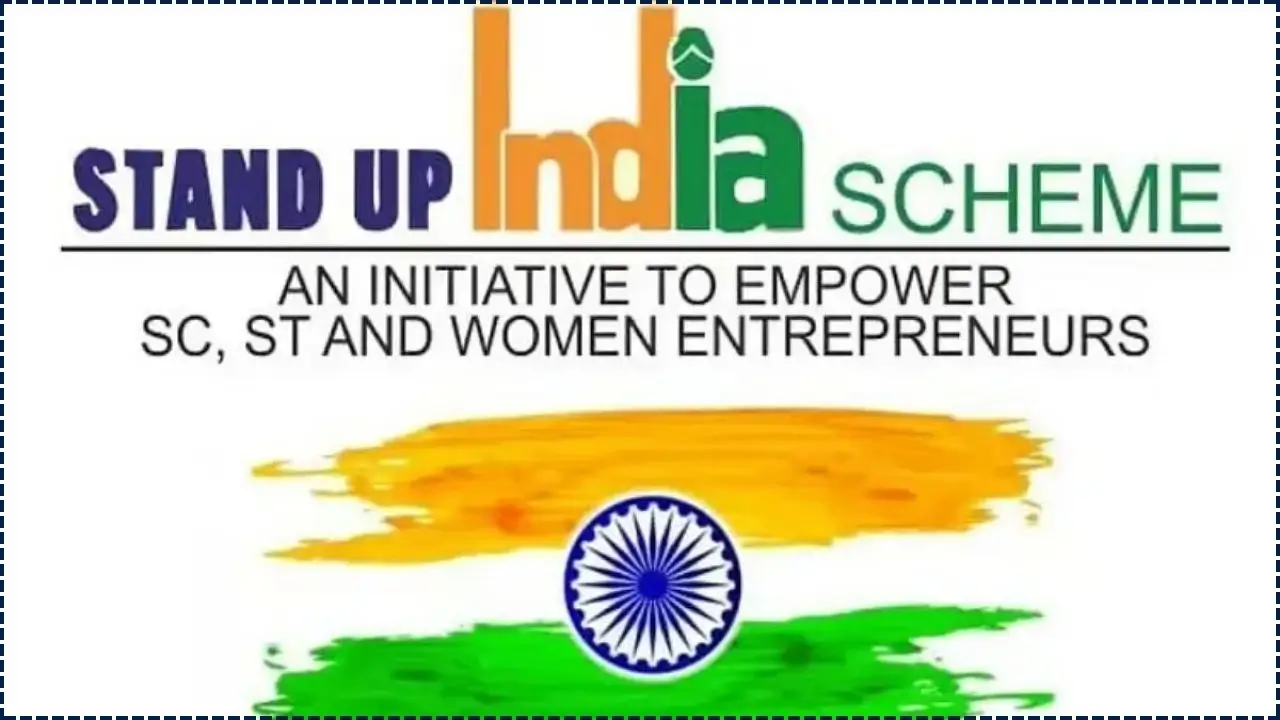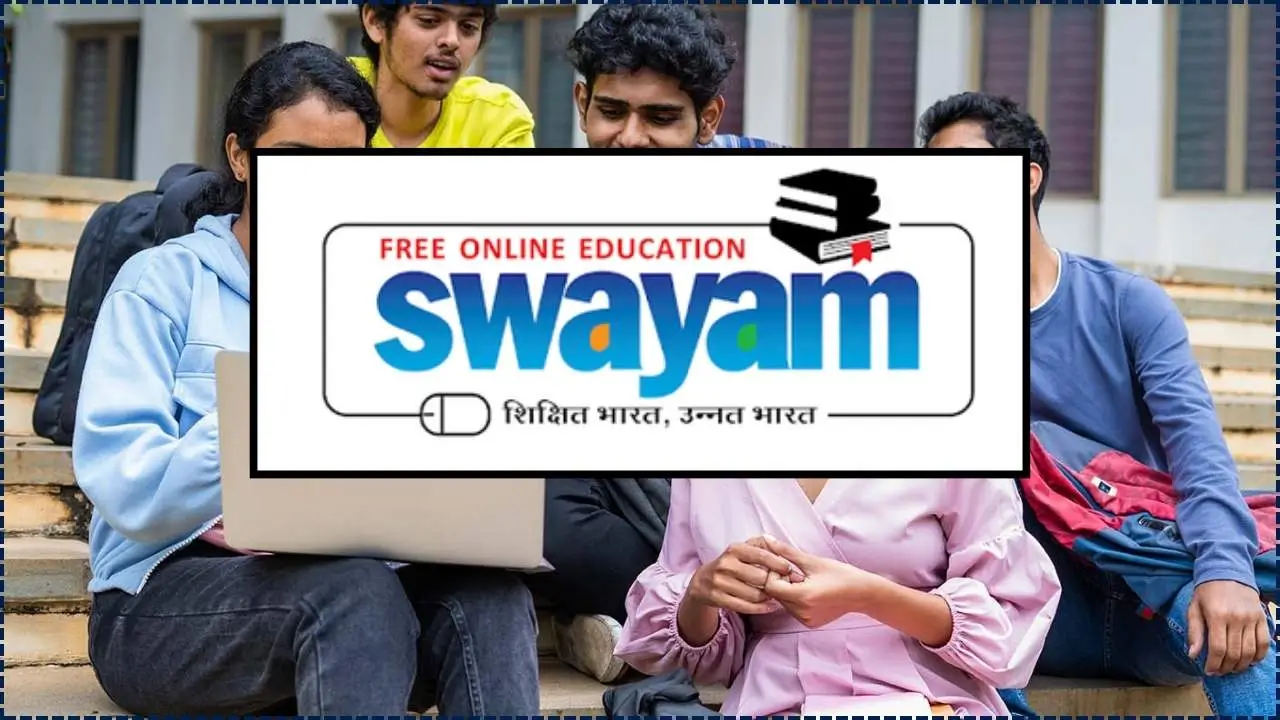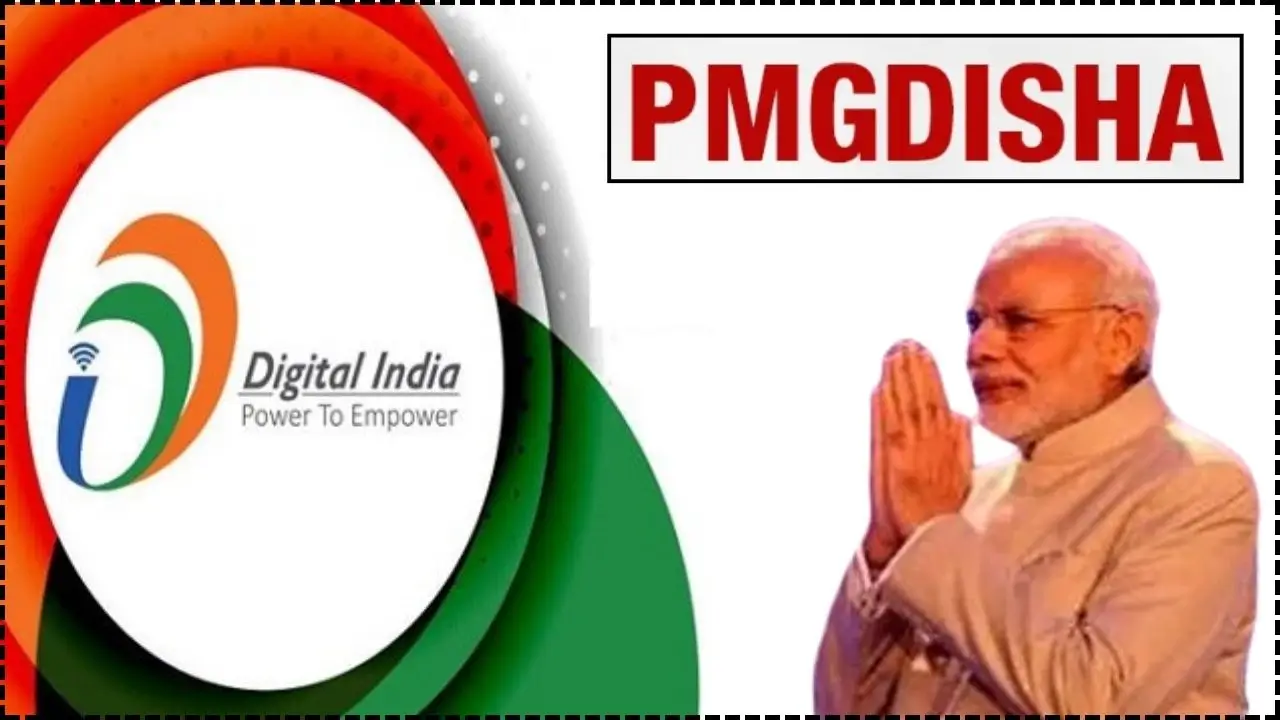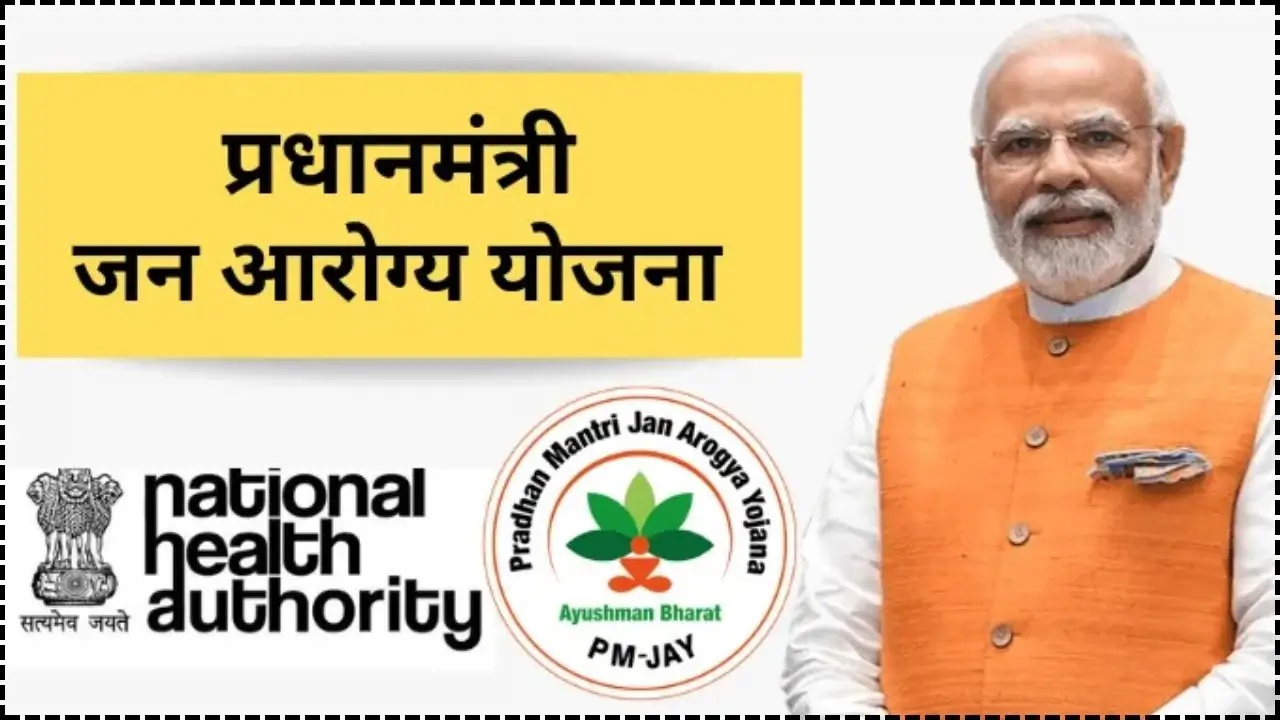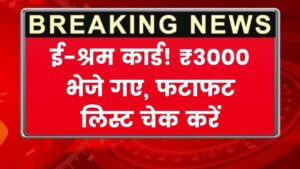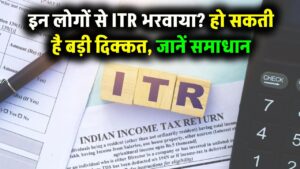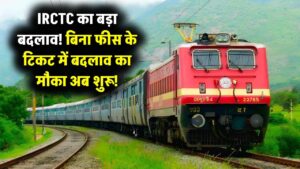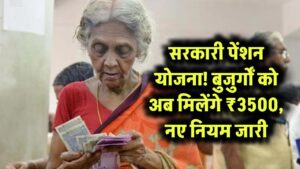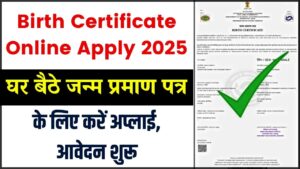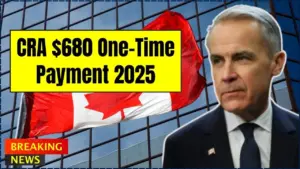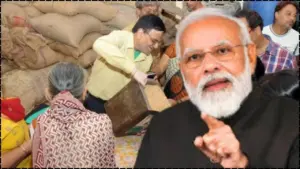Uttar Pradesh has rolled out a timely, people-first initiative that rewards citizens who help road accident victims reach a hospital within the golden hour—offering ₹25,000 per incident and an official Raah-Veer certificate after verification by police and a district committee. The idea is simple but powerful: reduce hesitation, speed up first response, and save more lives in a state that leads national road fatalities, by formally recognizing and rewarding real-world courage and care. The Good Samaritan reward scheme in Uttar Pradesh recognizes first responders who act swiftly to get injured crash victims to medical care within the critical first hour, aligning with the national framework under the Motor Vehicles law and state-led implementation steps. The state’s Raah-Veer recognition adds a clear process police acknowledgment, district magistrate led committee review, and direct bank transfer to make the incentive real, transparent, and repeatable for citizens who step up when seconds count.
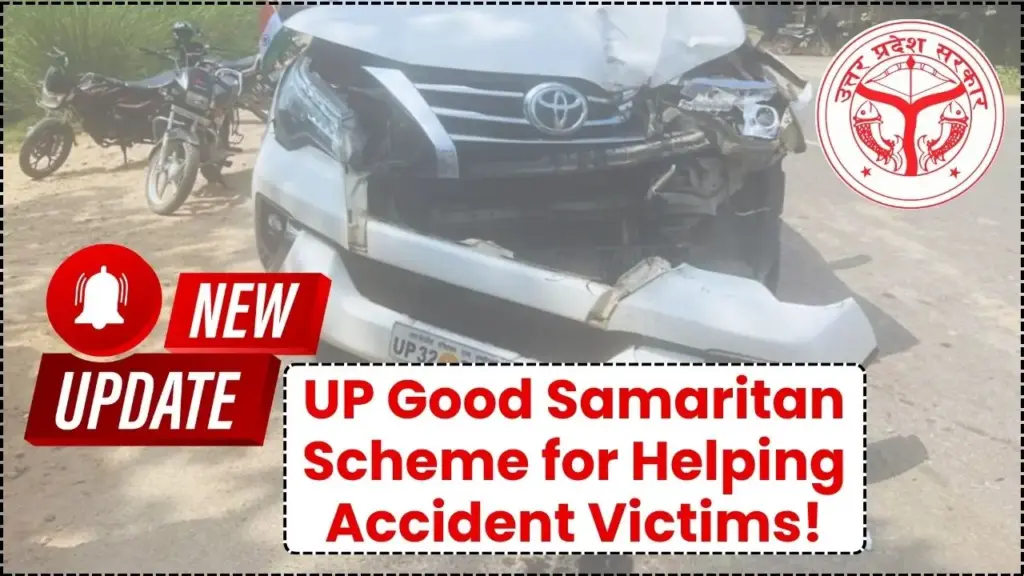
This Good Samaritan reward scheme pays ₹25,000 per incident to verified first responders who help move road accident victims to hospitals within the golden hour, with the amount split if several people help the same victim and capped per incident if one rescuer aids multiple victims. Police verify details with hospitals, issue an acknowledgment, and forward cases to a district appraisal committee chaired by the District Magistrate for approval and payout along with the Raah-Veer certificate, ensuring trust and accountability. Eligibility focuses on major crashes causing severe injury, 3+ days’ hospitalization, brain or spinal injury, or death during treatment, targeting the most critical events where quick action saves lives.
Table of Contents
Good Samaritan Reward Scheme
| Key aspect | Details |
|---|---|
| Scheme name | Good Samaritan / Raah-Veer initiative in Uttar Pradesh |
| Reward amount | ₹25,000 per incident to verified first responder(s) |
| Golden hour focus | Transport to hospital within roughly one hour emphasized |
| Multiple helpers | Amount shared equally among helpers for one victim |
| One rescuer, many victims | Total remains ₹25,000 for that incident for the rescuer |
| Eligibility triggers | Severe injury, 3+ days’ hospitalization, brain/spine injury, or death during treatment |
| Verification path | Police-hospital verification, acknowledgment, DM-led district committee review |
| Payout mode | Direct transfer after committee approval plus Raah-Veer certificate |
| Policy context | Aligned with the national Good Samaritan framework and state rollout |
| Rationale | Reduce hesitation and fatalities; UP has the highest road accident deaths share |
Uttar Pradesh’s Good Samaritan reward scheme turns compassion into a clear, citizen-friendly pathway to recognition and payouts—creating the right nudge for faster, lifesaving help on the road. With ₹25,000 per incident, a Raah-Veer certificate, and district-level oversight, the program aims to reduce hesitation and improve outcomes where minutes make all the difference.
Why the Raah-Veer Push Now
Officials cite persistent delays in bystander response due to fear of legal hassles, which this scheme addresses with a supportive verification and certification pathway that recognizes help without penalizing helpers. With Uttar Pradesh accounting for a major share of national road accident deaths in 2023, the state is doubling down on golden-hour action to make a measurable dent in preventable fatalities.
How it Works, Step-by-Step
- Act fast: call 112 and take the victim to the nearest hospital within the golden hour where feasible, prioritizing safe and swift transport over perfection.
- Verification: police coordinate with hospital staff, confirm details of the rescuer and assistance, and issue an official acknowledgment documenting time, place, and actions taken.
- Committee review: the acknowledgment goes to a district-level appraisal committee led by the District Magistrate with police and transport officers, which approves reward and recognition.
- Disbursal: the ₹25,000 is transferred directly after approval, and the Raah-Veer certificate is issued to the Good Samaritan as formal recognition.
Eligibility Criteria For Good Samaritan Reward Scheme
The scheme applies to major motor-vehicle crashes where injuries are severe, require at least three days’ hospitalization, involve brain or spinal injury, or where the victim dies during treatment after being brought in—ensuring focus on high-severity events. If multiple people help one victim, they share ₹25,000; if a single person helps several victims in one crash, the payout remains ₹25,000 for that rescuer for the incident to keep it per-incident, not per-victim, at the individual level in UP’s implementation notes.
How this Aligns Nationally
The Uttar Pradesh rollout builds on the national Good Samaritan policy architecture, which increased recognition amounts to strengthen bystander participation across the country. States operationalize the model with district-level committees, direct bank transfers, and certification, turning a national principle into on-ground systems people can trust.
Practical tips to Qualify For Good Samaritan Reward Scheme
- Focus on immediacy: stabilize within capacity and transport quickly; hospitals and police will handle documentation and verification afterward.
- Keep simple notes of time and location if feasible, but don’t let documentation slow transport; hospitals can relay details to police as part of the protocol.
- Don’t hesitate if the case is severe or outcomes are uncertain—eligibility holds even if the victim dies during treatment after golden-hour transport.
FAQs about Good Samaritan Reward Scheme
What is the Good Samaritan reward scheme in UP?
It’s a state-implemented program recognizing first responders who take accident victims to hospitals within the golden hour, paying ₹25,000 per incident after police-hospital verification and a district committee’s approval, plus a Raah-Veer certificate.
Who qualifies as a Raah-Veer?
Any person who, in good faith, assists and transports a road crash victim for urgent medical care without expecting a reward; the state formally recognizes such action with cash and certification after due verification.
How is the ₹25,000 split if several people help?
If multiple helpers assist one victim, the ₹25,000 is shared equally among them. If one rescuer helps multiple victims in one crash, that rescuer’s payout remains ₹25,000 for the incident.
Does it apply if the victim dies during treatment?
Yes. Eligibility remains even if the victim succumbs during treatment after being brought in during the golden hour, so responders are still recognized for timely assistance.

